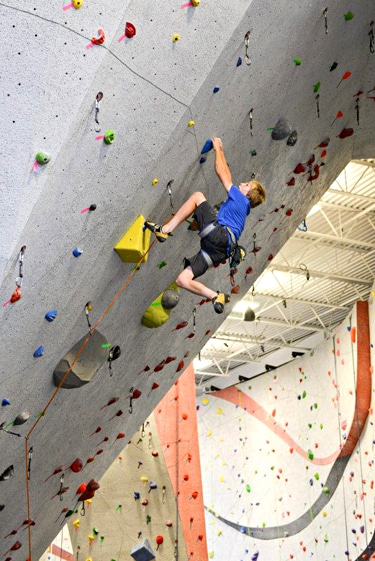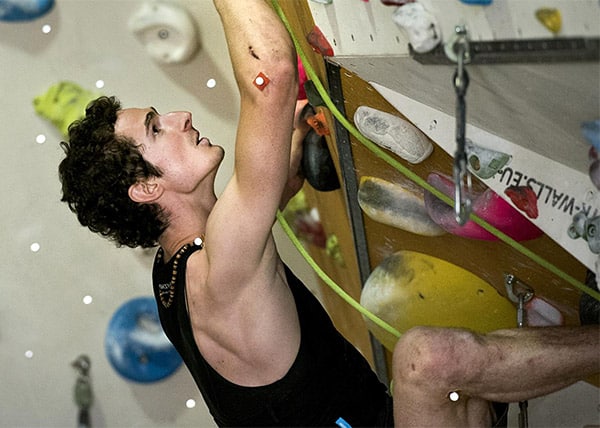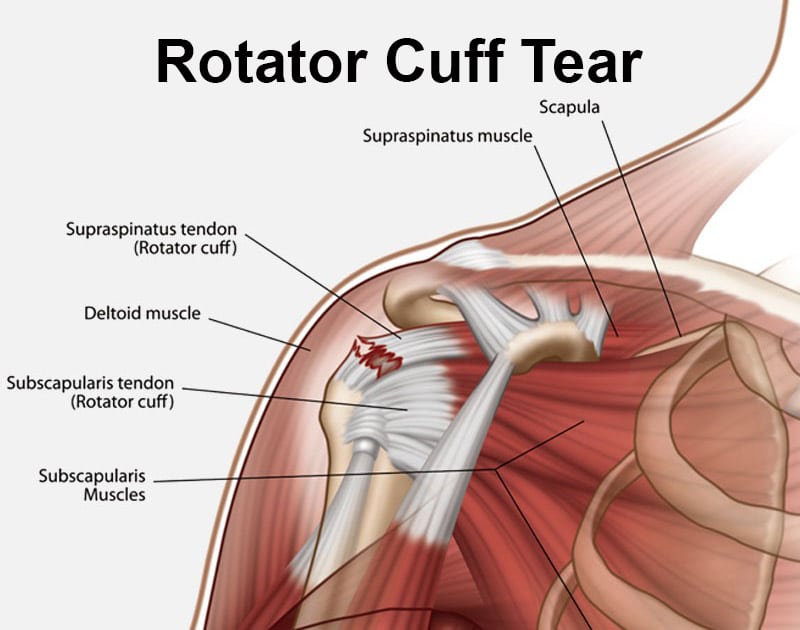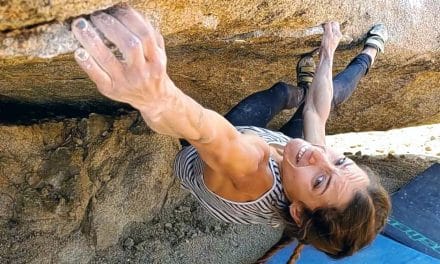Rock Climbing Trajectory: A Global Variable of Rock Climbing Performance
D.M.Binney (University of Sheffield Centre of Sports Medicine) & T.Cochrane (University of Stafford School of Health)
OBJECTIVES: The purpose of this study was to investigate the relationship between competitive climbing performance and the total length of the climbing trajectory (path traced by the centre of gravity). Cordier et al. (1993 Int J Sport Psy, 24 370-378 and 1994) identified a significant difference in the complexity of a climber’s trajectory for two distinct climbing groups, average and elite. However, no studies have investigated complexity in order to differentiate performance in a group of elite performers. Since athletic performance is strongly dependent on choosing relevant areas of training, coaches and athletes need to know what are the ‘winning’ characteristics they should be training.
METHODS: A total of 4 competitive climbs from 2 national and 2 international leading competitions were analysed. 72 male (21.9 ± 5.4 years, mean age ± S.D) competitive rock climbers took part in the study. Competitive climbing performance was generated by rank order of the resulting position (taken as the highest point achieved up the wall) from each competitive climb. A 2D unpanned digital video image of each climb was taken perpendicular to the climbing wall. Climbing trajectory was defined by the movement of a fixed point on the climber’s back at waist level. Manual computerised motion analysis was carried out at 1 frame per second. Rock climbing performance was correlated against length of trajectory using Spearman correlation coefficient.
RESULTS: The mean climbing vertical height analysed for the 4 competitions was 8.2 ± 1.3m. There was a significant correlation between the length of trajectory and competition climbing performance in that better climbing performance was related to a shorter trajectory (P < 0.05) for against was obtained for all 4 competitions. The average correlation coefficient was rs = – 0.75 ± 0.05.
CONCLUSIONS: This research identifies length of climbing trajectory as an important predictor of competitive climbing performance in male rock climbers. Further work is required in order to ascertain what are the key components, which manifest this global variable. This simple climbing specific movement test may be used by coaches to assess an athlete’s general movement and route finding capability.










